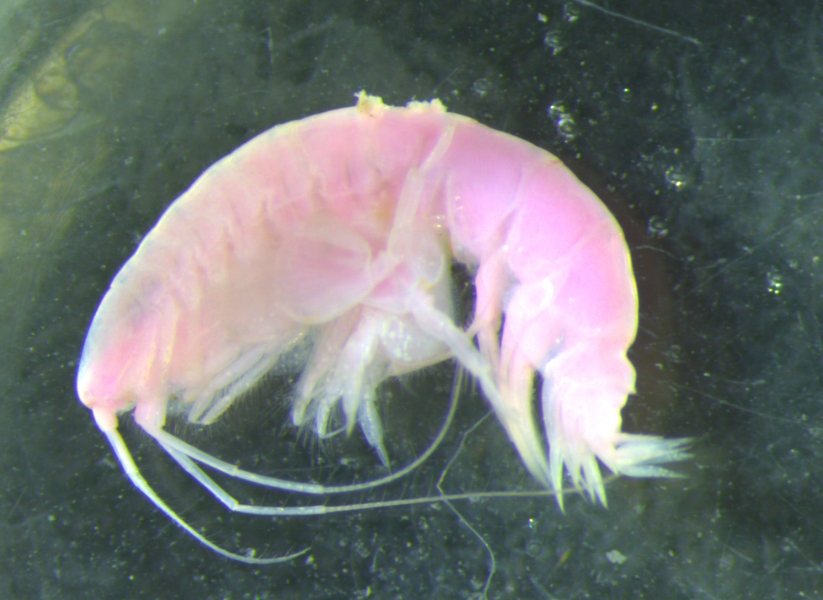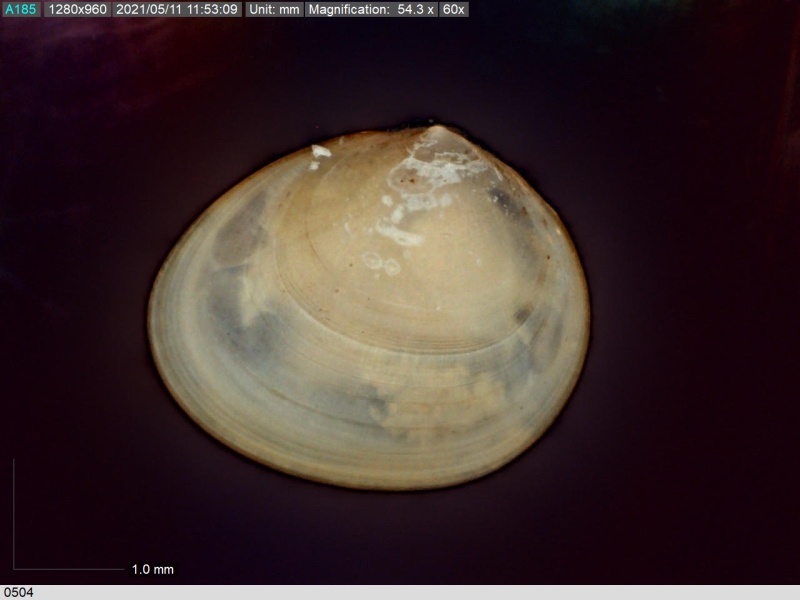Greater Wellington Regional Council regularly assess sediment quality and seafloor community health in the subtidal areas of Te Awarua-o-Porirua (Porirua Harbour) and Te Whanganui-a-Tara (Wellington Harbour).
The surveys of Te Awarua-o-Porirua began in 2004 and are conducted every four years while the surveys for Te Whanganui-a-Tara began in 2006 and have been conducted every five years.
NIWA completed the latest surveys for the council at five sites in Te Awarua-o-Porirua and at 15 sites in Te Whanganui-a-Tara in November 2020. The results of the survey were published by the council in February 2022.
NIWA’s Principal Scientist, Marine Ecologist, Dr Vonda Cummings, who led the project, said sediment samples were analysed for contaminant concentrations and sediment-dwelling invertebrates were identified to provide information on the combination of different species and their abundances found at each site.
The species names were confirmed by specialist taxonomists.
Good examples of each species were selected, photographed, and put aside as “voucher specimens” for long term preservation and research with the NIWA National Invertebrate Collection, at its Greta Point campus in Wellington.
More than 700 invertebrate specimens were saved as vouchers from the 2020 surveys. It will allow researchers to cross check any future specimens gathered for consistent taxonomic identification.
A team of NIWA researchers were involved in the surveys, including environmental chemist Greg Olsen who led the contaminant analyses, taxonomists and para-taxonomists led by Jane Halliday and a five-person dive and boating team.
Greater Wellington Senior Coastal Scientist Dr Megan Melidonis said data from the surveys will “help us decide where we should focus our efforts”.
“The regional council is responsible for monitoring the health of our harbours, which are under great pressure from land-based activities.
“The data NIWA provides is very important to help us understand which areas are being negatively impacted by disturbance and require improved management.”
Why study harbours and estuaries?
Vonda said the seafloor of a harbour or estuary is home to a myriad of organisms that live in and on the sediments - consuming organisms and organic matter, filtering the water, recycling nutrients and mixing sediments through their activities on the seafloor.
The seafloor community contains many different types of invertebrates, including worms, shellfish and sandhoppers, and kina (polychaetes, molluscs, amphipods and echinoderms).
“It’s these animals that provide food for the many fish and birds that use the estuary."
“All the different animals living in estuaries have distinct functions, that is why having a diverse ecosystem is important.”
The composition of the seafloor invertebrate community can reflect the quality and type of sediments they are living in.
High concentrations of finer sediments, like silt and clay, are easily resuspended and may make it difficult for suspension feeding organisms to filter the water for food.
“Contaminants such as heavy metals, including copper, lead and zinc, and polyaromatic hydrocarbons (commonly known as PAHs) are sometimes associated with sediments.
“In high enough concentrations these contaminants can be detrimental to the health of seafloor organisms.”
Detecting changes in seafloor life
A survey of seafloor life and sediments can provide an excellent snapshot of the state of a harbour or estuary’s health.
Increases or decreases in abundances of animals over the longer term can reflect changes to sediment types, concentrations of contaminants or a disturbance, and provide important information on whether an area is healthy or not.
“However, species abundances naturally increase and decrease over time – throughout the year, or on greater than annual cycles - as they reproduce, recruit to the site and move around.
“Repeatedly surveying the same sites over time helps us to understand this natural variability in the seafloor communities and enables us to distinguish and detect longer term trends.”
Reports on the recent surveys can be found at the Greater Wellington Regional Council’s document library: https://www.gw.govt.nz/document-library/
Related information:
- Marine environmental monitoring in New Zealand
- Identification guides
- NIWA science divers finish mud marathon





